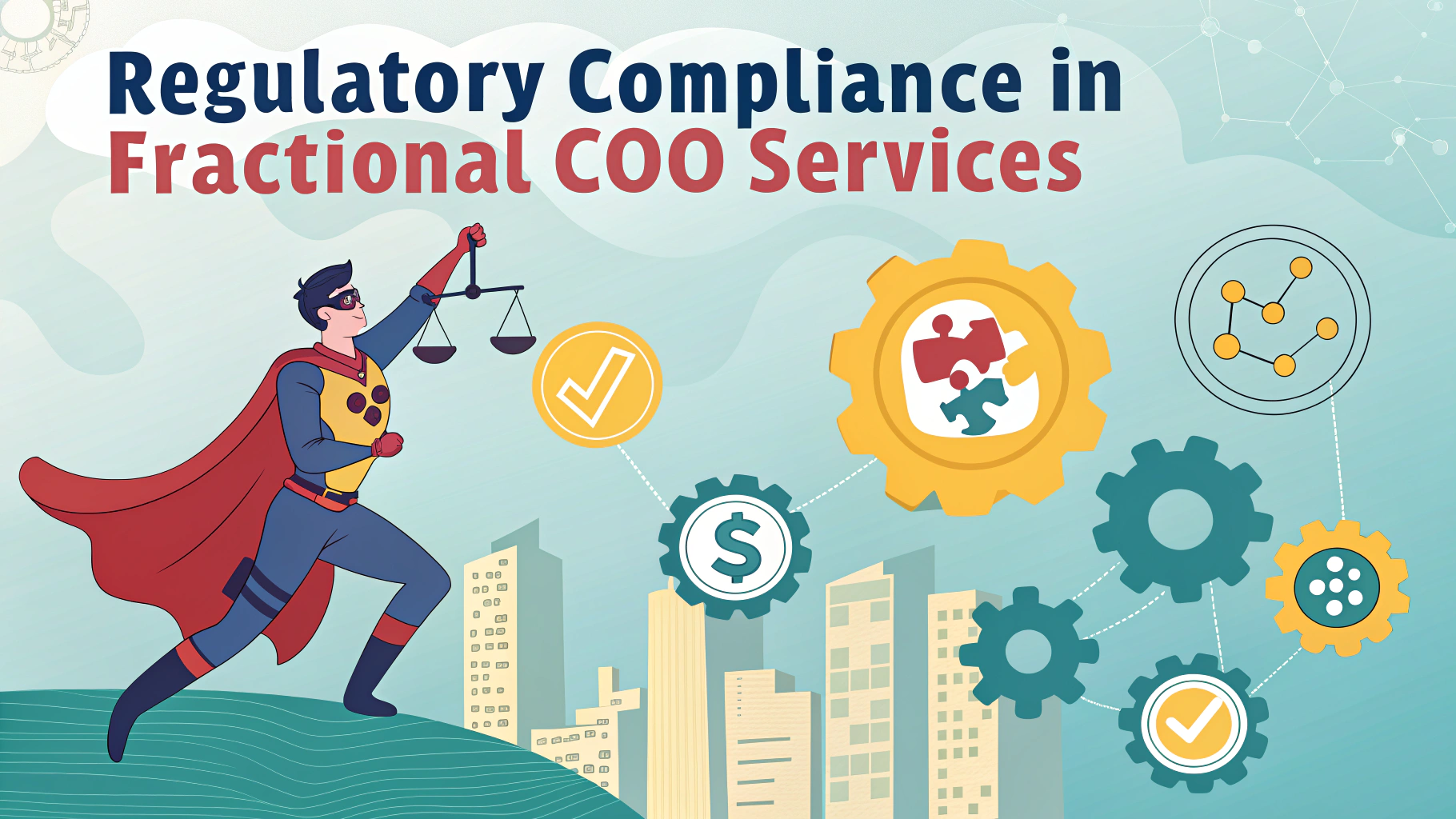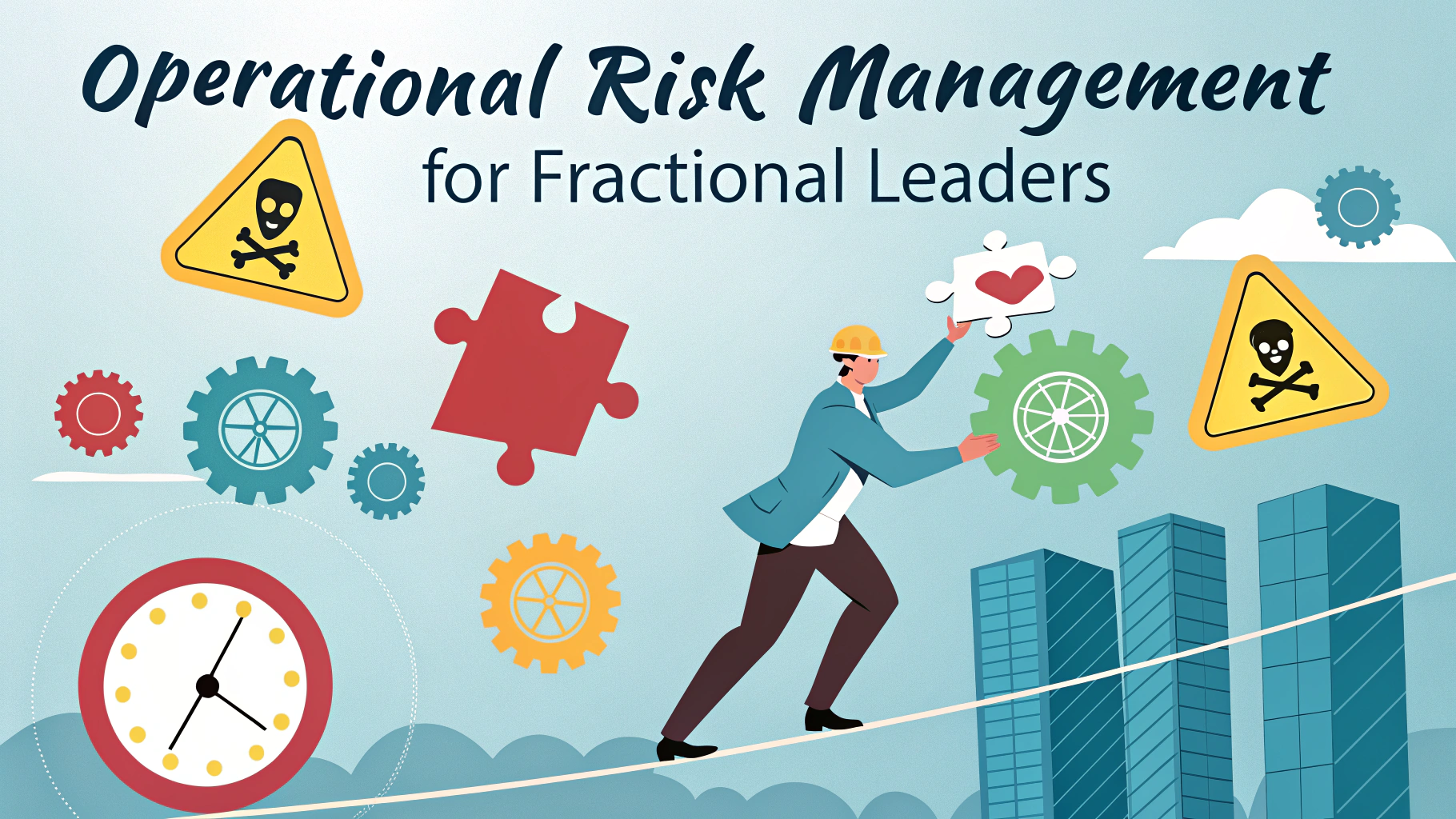A Chief Operating Officer (COO) is the correct term, while “Chief Operations Officer” is occasionally used but not the standard title in most organizations.
The COO position represents the second-highest executive rank in most companies, directly below the Chief Executive Officer (CEO).
Understanding the COO role is essential for anyone in business leadership, as this position significantly impacts organizational success through operational oversight and strategic implementation.
Key Responsibilities of a COO
- Overseeing daily business operations
- Developing and implementing business strategies
- Managing departmental leaders and ensuring cross-functional alignment
- Creating operational policies and procedures
- Reporting operational results to the CEO and board
COO vs Other C-Suite Positions
| Position | Primary Focus |
|---|---|
| COO | Daily operations and strategy execution |
| CEO | Overall company vision and leadership |
| CFO | Financial planning and management |
Career Path to COO
Most COOs have 15+ years of progressive business experience, often including roles in operations management, supply chain, or general management.
Common Educational Background
- MBA or similar advanced business degree
- Bachelor’s degree in Business Administration, Engineering, or related field
- Professional certifications in operations management
Working with a COO
Effective communication with a COO requires clear data presentation, actionable insights, and awareness of operational impacts.
Best Practices for Interaction
- Prepare concise, data-driven reports
- Focus on operational metrics and KPIs
- Present solutions alongside problems
- Respect the chain of command
Moving Forward in Operations Leadership
For those aspiring to become a COO, focus on building broad operational experience, developing strong leadership skills, and understanding various business functions.
Contact professional organizations like the Operations Management Association (APICS) for networking and certification opportunities.
Industry Trends and Future Outlook
The COO role continues to evolve with technological advancement and changing business landscapes. Modern COOs increasingly focus on digital transformation and sustainable operations.
Emerging Focus Areas
- Artificial Intelligence implementation in operations
- Sustainable business practices
- Remote workforce management
- Supply chain resilience
- Digital infrastructure optimization
Measuring COO Success
Success metrics for COOs typically align with operational efficiency and business growth objectives.
Key Performance Indicators
- Operational cost reduction
- Process efficiency improvements
- Employee productivity metrics
- Customer satisfaction scores
- Revenue growth contribution
Strategic Leadership in Operations
Successful COOs blend strategic thinking with tactical execution, ensuring organizational objectives translate into operational reality. They serve as the bridge between high-level strategy and day-to-day implementation.
Critical Success Factors
- Strong cross-functional leadership abilities
- Data-driven decision making
- Change management expertise
- Innovation mindset
- Stakeholder management skills
Shaping Operational Excellence
The role of COO remains central to organizational success in an increasingly complex business environment. As companies face new challenges in technology, sustainability, and global operations, the COO position continues to be critical in driving operational excellence and achieving strategic objectives.
Organizations seeking sustainable growth and operational efficiency should prioritize developing strong operational leadership and supporting their COOs with the resources and authority needed to drive meaningful change.
FAQs
- What does COO stand for?
COO stands for Chief Operating Officer. This is the universally accepted meaning in business and corporate environments. - What is the primary role of a COO?
A COO is responsible for overseeing daily business operations, implementing business strategies, and ensuring operational efficiency across the organization. - Where does a COO sit in the organizational hierarchy?
A COO typically reports directly to the CEO and is usually considered the second-in-command in most organizational structures. - What’s the difference between a COO and CEO?
While the CEO focuses on overall company vision, strategy, and external relationships, the COO concentrates on internal operations and executing the CEO’s vision through day-to-day management. - Do all companies need a COO?
No, not all companies require a COO. The need depends on factors like company size, complexity of operations, and organizational structure. - What qualifications are typically required to become a COO?
Most COOs have advanced degrees (MBA commonly), extensive business experience (10+ years), and proven track records in operations management, leadership, and strategic planning. - What industries typically employ COOs?
COOs are common in various industries including manufacturing, technology, healthcare, retail, finance, and any large-scale business operations. - Can a company have both a Chief Operating Officer and a Chief Operations Officer?
While technically possible, it’s extremely rare. “Chief Operating Officer” is the standard title, and “Chief Operations Officer” is simply a variation of the same role. - What are the key responsibilities of a COO?
Key responsibilities include managing operations, optimizing business processes, overseeing department heads, developing operational strategies, and ensuring organizational goals are met efficiently. - How does a COO support company growth?
A COO supports growth by streamlining operations, improving efficiency, managing resources, implementing scalable processes, and translating strategic goals into operational reality.








